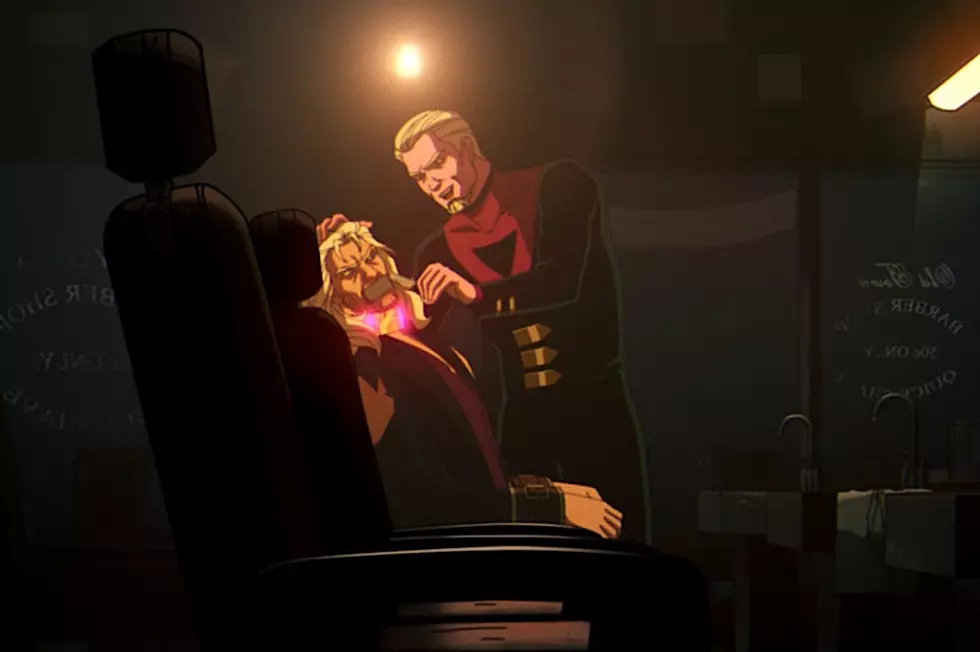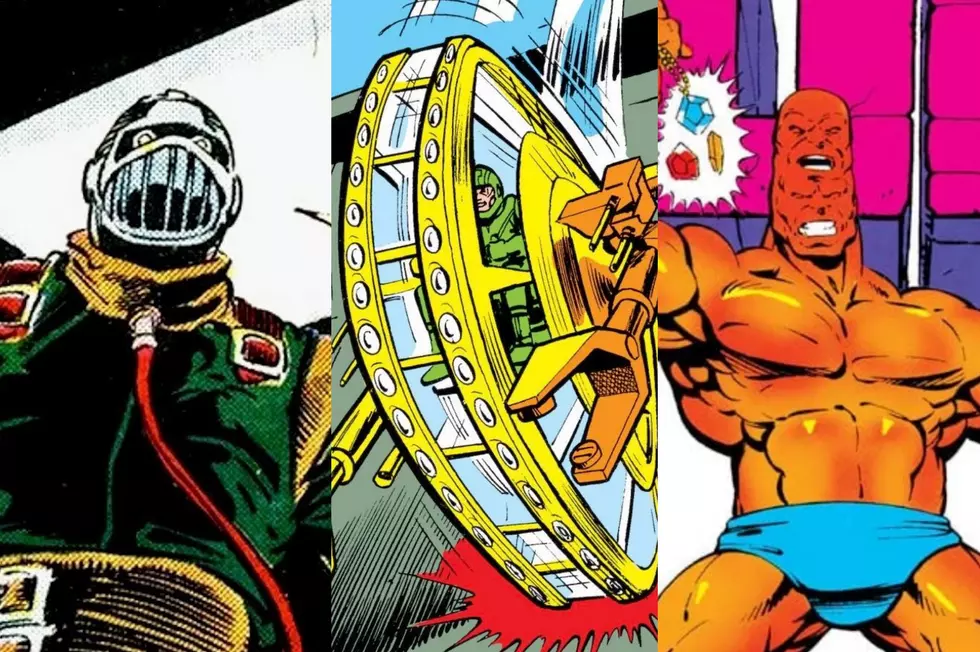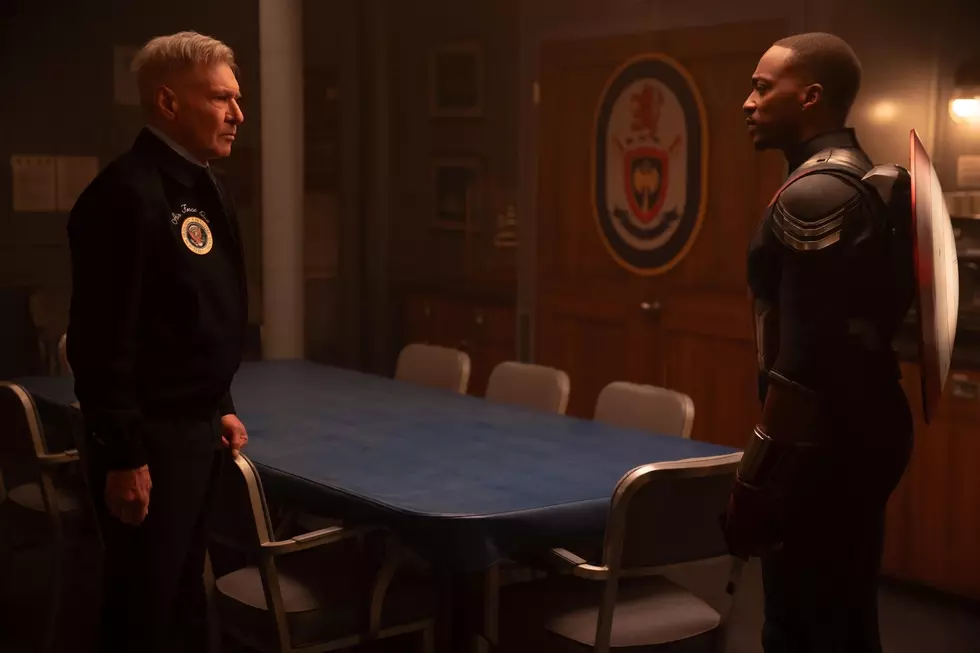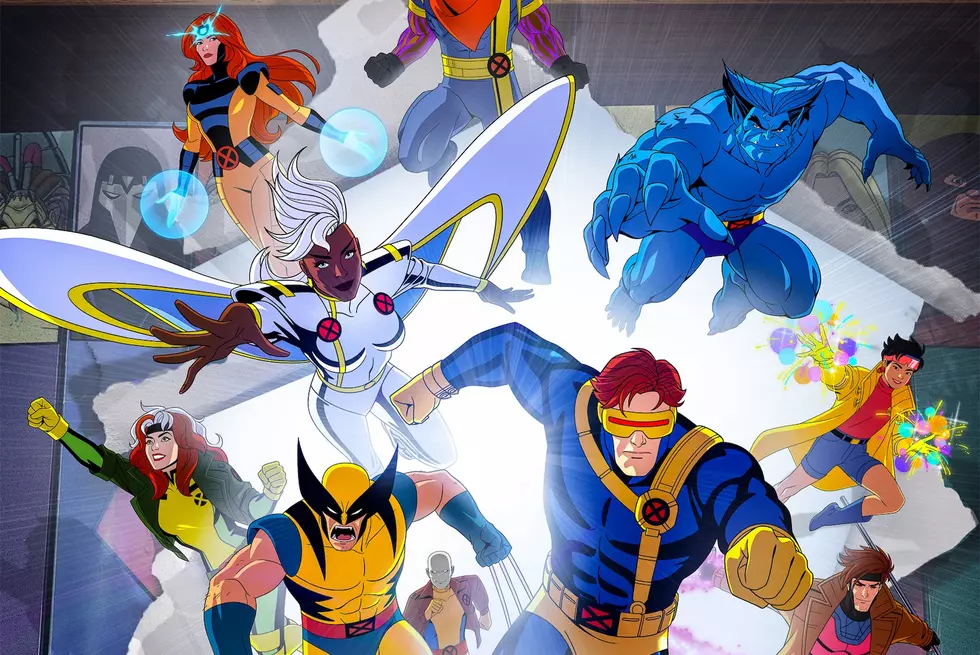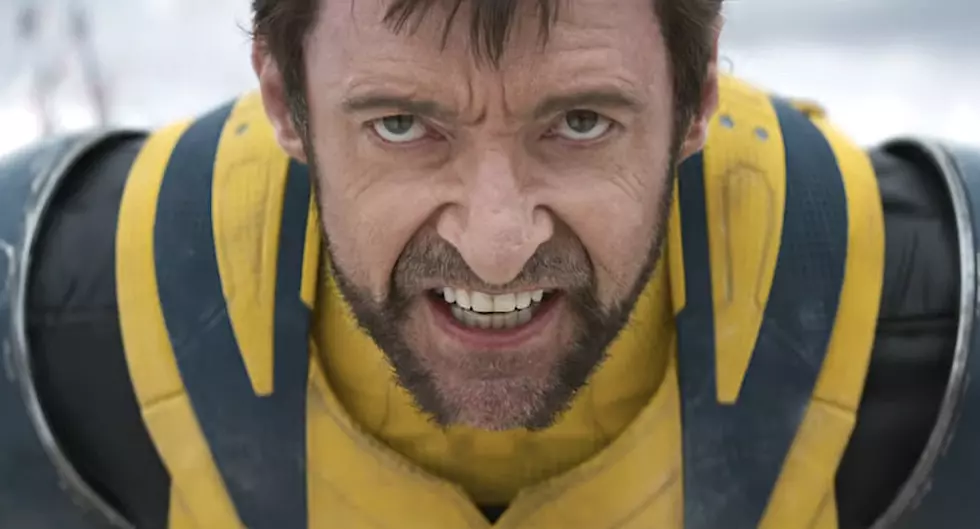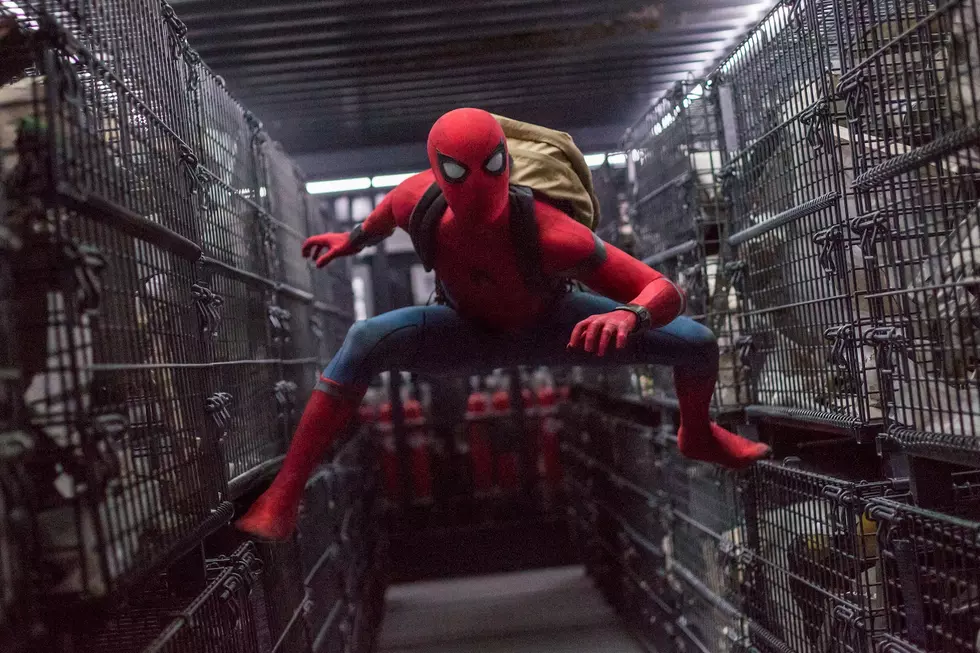
‘Spider-Man: Homecoming’ Review: Marvel Thwips Spidey Back Into Shape
There’s no Uncle Ben in Spider-Man: Homecoming. (He’s not even mentioned by name.) There’s no wacky wrestling match, no mugger Spider-Man lets get away. There’s no Green Goblin; there are no Osborns at all. There’s no Mary Jane or Gwen Stacy or J. Jonah Jameson. No one says “with great power comes great responsibility.” And yet without any of those elements that seem essential to the idea of Spider-Man, Spider-Man: Homecoming feels like it gets to the core of its title character in ways none of the previous movies (including Sam Raimi’s very good original trilogy) did. It’s pure, concentrated Spidey, and a lot of fun.
It is also the first Spider-Man film overseen by Marvel Studios; the five previous Spider-Men (three directed by Raimi, two by Marc Webb) were all produced by Sony. Homecoming is the result of a unique partnership between the two companies where Marvel handled much of the creative responsibilities while Sony actually marketed and released the finished product. Despite the fact that presumably twice as many executives had their hands on this film as the others, it’s got an impressively consistent tone; more consistent, in fact, than a lot of this summer’s blockbusters from just one studio. Give credit to director Jon Watts for understanding exactly the kind of Spider-Man movie he wanted to make, and for delivering on that concept.
Mostly that concept involves a young Spider-Man still learning the web ropes, and how his nascent career as a crimefighter butts up against his desire for an ordinary life as an average Queens teenager. The film opens with a brief and clever recap of this 15-year-old Spider-Man’s introduction in Marvel’s Captain America: Civil War. (It’s also a nice hat-tip to Peter’s comic-book past as a photographer.) Several months later, Peter Parker (Tom Holland) has been left to his own devices by his superhero mentor Tony Stark (Robert Downey Jr., who is in much less of this film than the marketing suggests). Peter begs Tony for a spot on the Avengers; Tony begs Peter to leave him alone and remain a “friendly neighborhood Spider-Man” for a little while longer.
So while Peter preps for an academic decathlon competition with his best friend Ned (Jacob Batalon) and pines for his crush Liz (Laura Harrier) he also begins to investigate a rash of crimes involving high-tech weapons. The trail leads to a crooked salvage crew led by the ruthless Adrian Toomes (Michael Keaton), who uses purloined alien technology to create advanced guns and gadgets he sells on the black market (and uses to build a super-cool wingsuit that makes him the Vulture). Peter tries to get Tony (and Tony’s assistant Happy, played by Jon Favreau) to take him and the Vulture’s threat seriously. When they refuse, it’s up to him to stop the villains, because with great something comes great something else.
If Spider-Man: Homecoming commits one major sin it’s overcrowding: I just spent two long paragraphs describing the plot and didn’t even mention Peter’s Aunt May (Marisa Tomei) or his school bully Flash Thompson (Tony Revolori) or his quirky decathlon coach (Martin Starr) or Michelle, a particularly droll and disinterested member of the school’s decathlon team played with dry wit and impressive comic timing by Zendaya.
The problem isn’t that any of these characters are bad; the problem is most of them are terrific and Homecoming, which runs a brisk 133 minutes, doesn’t have enough room for all of them. The movie works very hard to place Spider-Man into the larger Marvel Cinematic Universe, and all of those connections make sense thematically for a movie about an outsider with big superhero dreams. But the film does very little with Tony and Happy, and their superfluous scenes come at the expense of the more interesting supporting characters. Hopefully Tomei, Revolori, and Zendaya get more to do in the inevitable sequel.
At least Homecoming has two terrific actors at its center: Holland and Keaton, who make superb scene partners and effective doppelgangers — the youthful, exuberant teenager contrasts perfectly with the world-weary cynical businessman whose been beaten down by a rigged capitalist system. Both men are desperate for the approval and power of Tony Stark; both are desperate to prove their worth to a society that considers them superfluous. Their similar goals and attitudes makes them interesting opponents, and the screenplay (by a team of six writers, including Watts) builds to a slow-burn showdown in a car that’s probably the single most suspenseful scene in any Spider-Man movie to date.
The various action setpieces are all solid, and really different from the previous Spider-Man films; instead of swinging through Manhattan chasing cars or rescuing civilians, Holland’s Spidey winds up on top of the Washington Monument and on the deck of a sinking Staten Island Ferry. Watts’ most impressive visual elements, however, are much simpler than that stuff. Early in the film, Tony Stark warns Peter Parker to keep his feet “on the ground,” and yet one scene after another drags him higher and higher into the air (like the Washington Monument sequence). The most meaningful image in the entire movie is a simple shot of Peter Parker walking down a set of stairs. Coming where it does in the film, that simple act (and its simple framing) sums up everything about the character’s journey.
There are a fair amount of hero shots that capture Spider-Man in all his balletic glory, but cinematographer Salvatore Totino is much more likely to diminish Holland in the frame by putting him in the distant background, like when he tries to chase some bad guys through the suburbs and, lacking anywhere to shoot his webs, becomes a tiny figure in the distance running through a golf course. Holland’s Peter Parker is the proverbial little fish in the big pond, and without calling too much attention to it, Watts constantly shows him screwing things up; tripping over his own feet, getting slammed into buses by bad guys, causing untold amounts of property damage. It’s not that this Peter doesn’t believe in responsibility, he simply is trying so hard not to screw up that he makes himself screw up even more.
I love Spider-Man more than any other fictional character (and more than most of the real people in my life outside of my immediate family). I’ve loved him since I saw him on The Electric Company, where he spoke in word balloons and had a groovy theme song and the coolest costume I’d ever seen. He means something important, not just to me but to millions of readers and viewers. It pained me to watch The Amazing Spider-Man series, which took some very well-cast leads, and dumped them into stories that were studio-noted and post-produced into incoherence. After two mopey, miserable slogs, Spider-Man: Homecoming is a return to form, featuring an incredibly likable cast, a compelling and complicated villain, and a irrepressibly charming Spider-Man. Welcome home, Peter.
Additional Thoughts:
-Though largely shot in Atlanta, Spider-Man: Homecoming has a strong and authentic New York flavor lacking from most Marvel movies. Peter and May eat takeout Thai food, Peter has a favorite bodega, the bodega has a beloved bodega cat, and so on.
-Martin Starr’s presence seems like a tip of the hat to Freaks and Geeks, whose influence reverberates strongly through the film’s high school scenes. The movie was also co-written by John Francis Daley, who appeared with Starr on Freaks and Geeks.
-Damage Control is in this movie, which is cool. From a thematic standpoint, though, a group called “Damage Control” would have made a lot more sense in The Amazing Spider-Man. That’s exactly what those movies needed.
More From ScreenCrush
